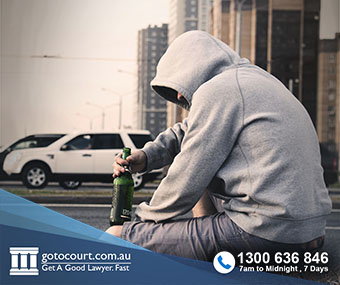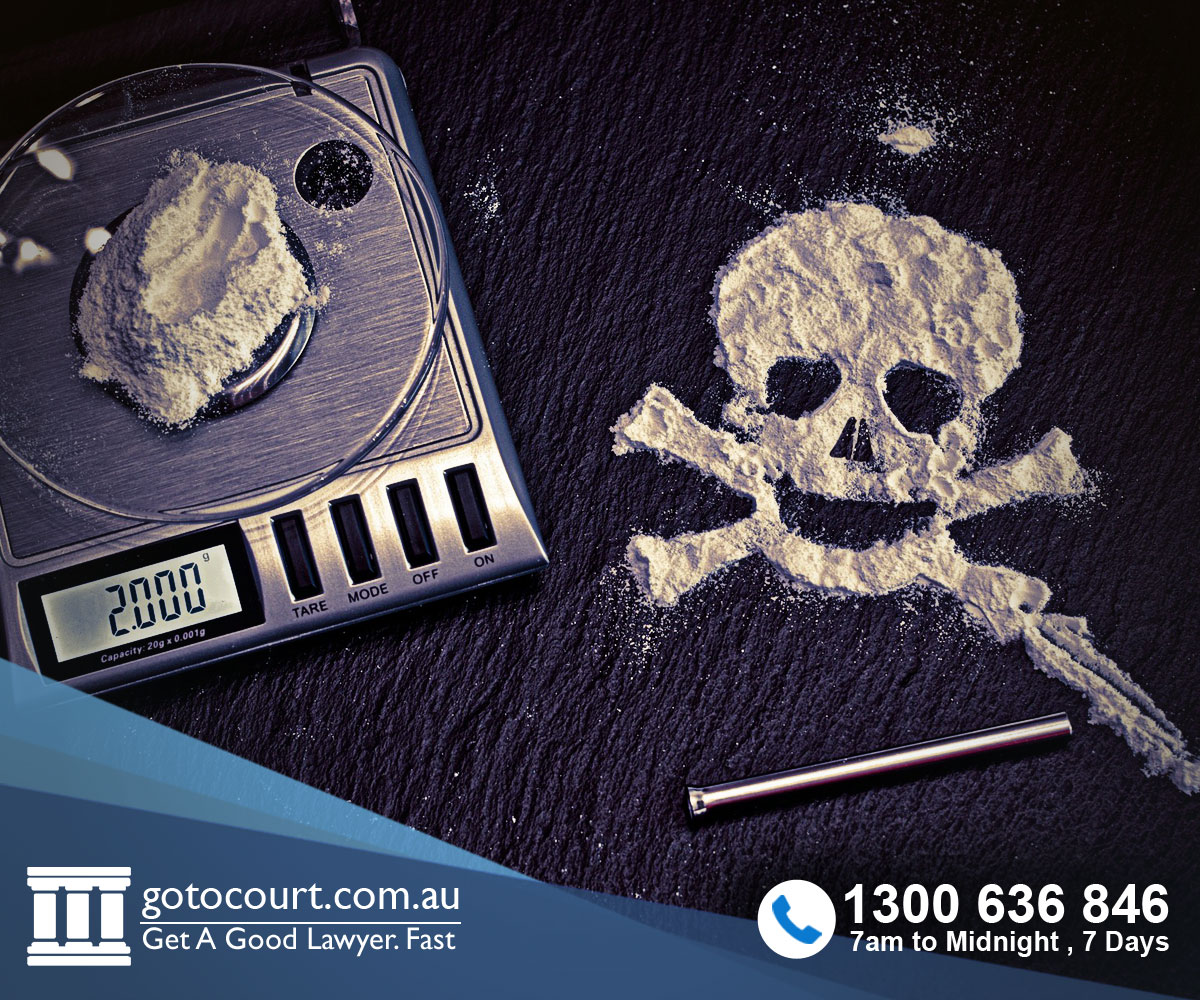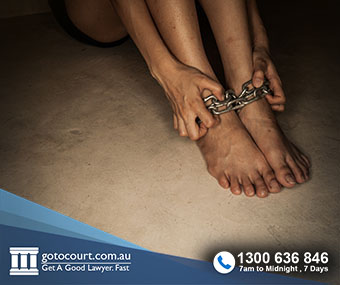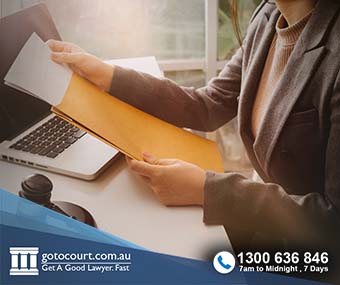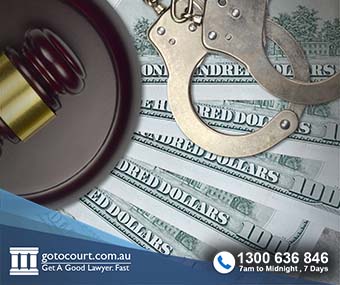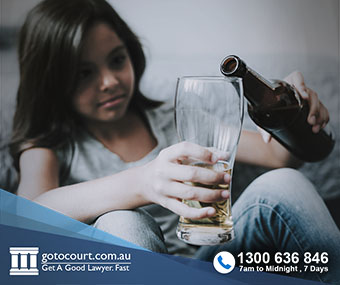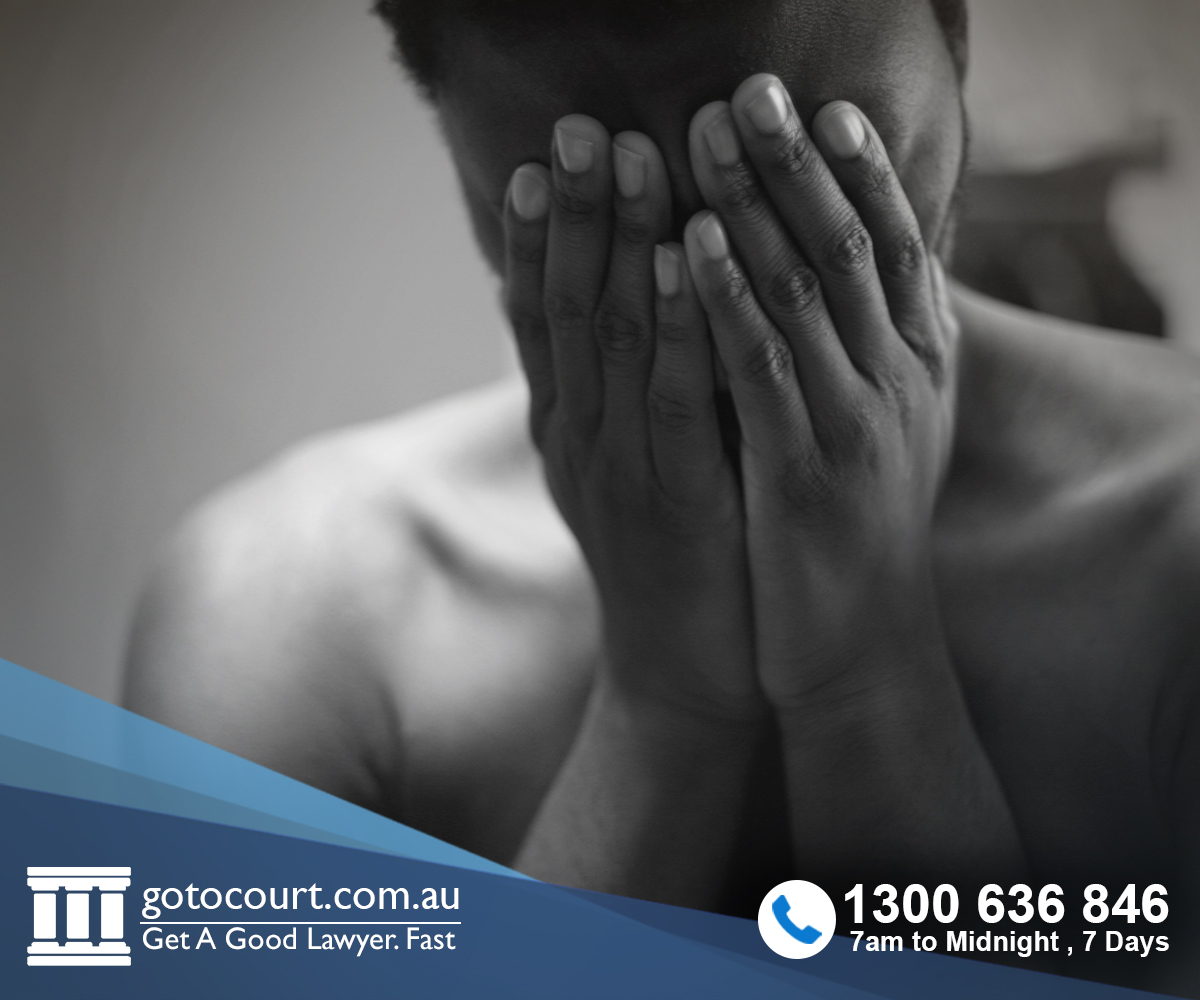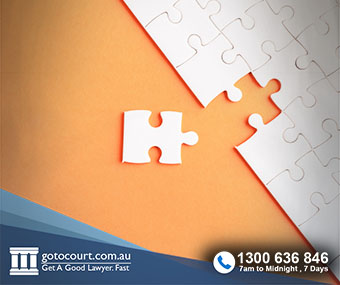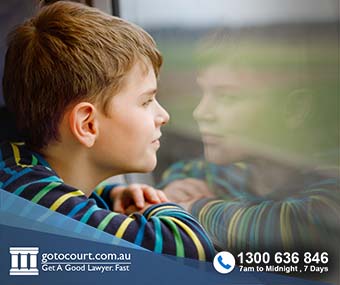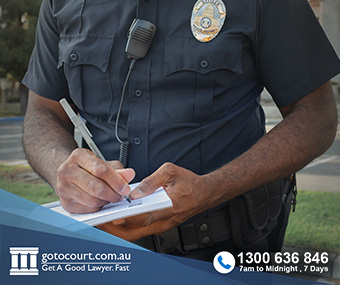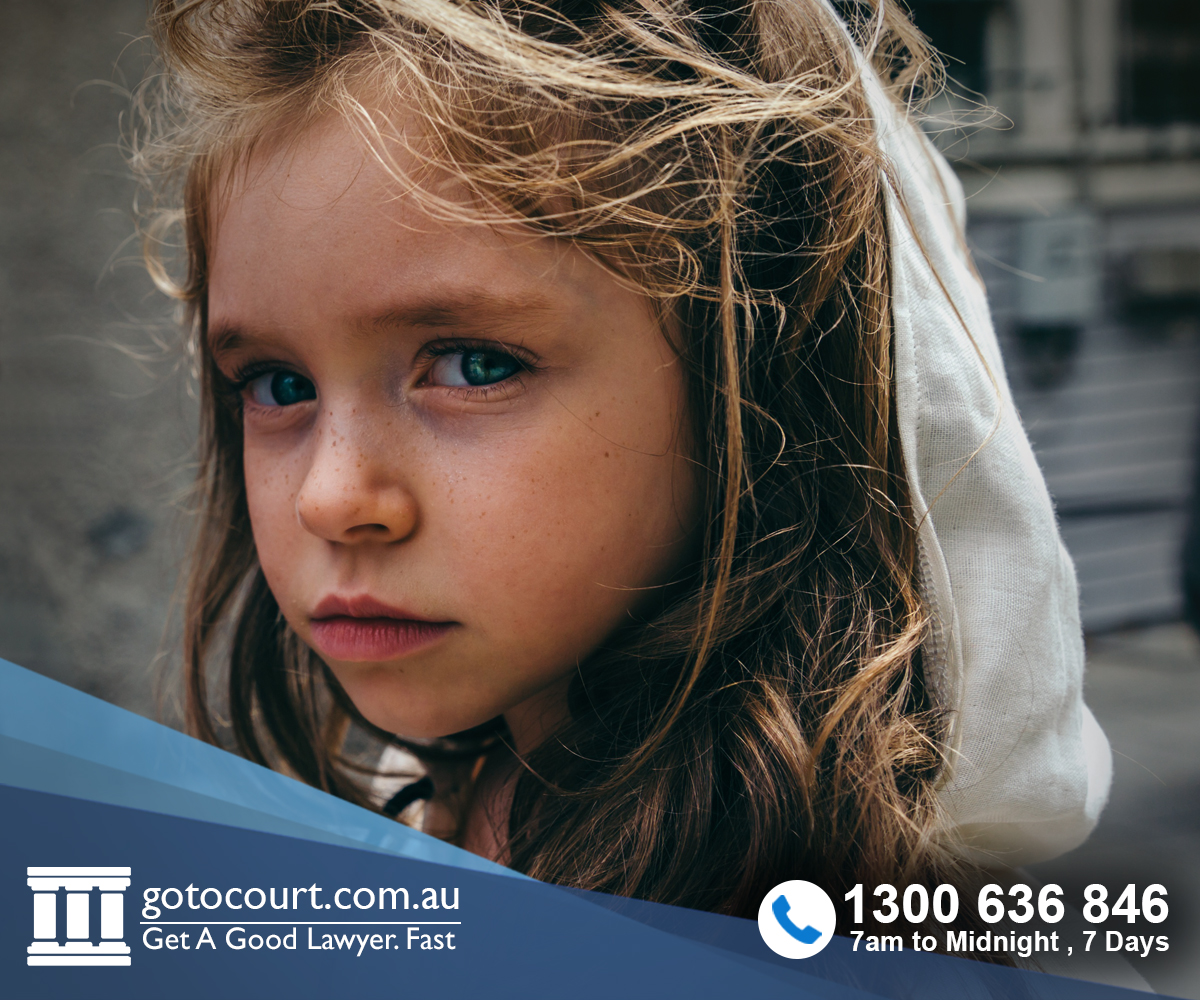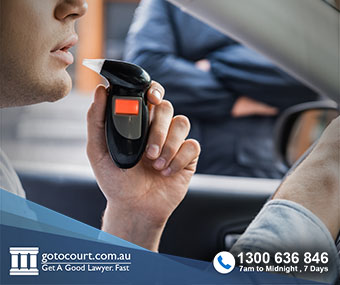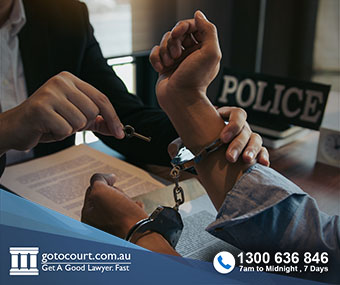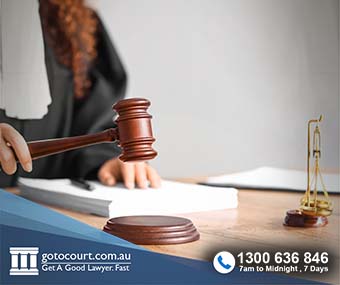Call our lawyers
now
or,
have our lawyers
call you
Identification Evidence (Qld)
Updated on Nov 08, 2022 • 4 min read • 3296 views • Copy Link
Identification Evidence (Qld)
In every criminal case, the prosecution must prove beyond a reasonable doubt that the person charged or participated in the commission of an offence. In some cases, this requires the positive identification of the defendant as the person who committed the acts. Identification may involve an eyewitness giving evidence that the defendant is the person they saw committing the offence. It may also involve the defendant being identified from CCTV footage.
Principles of identification
The general principles of identifying an offender are set out in the case of Domican v The Queen (1992) 173 CLR 555. In that case it was stated
“..the seductive effect of identification evidence has so frequently led to proven miscarriages of justice that courts have felt obliged to lay down special rules in relation to the directions which judges must given in criminal trials where identification is a significant issue”.
There are numerous ways a defendant can be identified.
Identification from photographs or photo boards
Photographs and photo boards are difficult to use as the basis for identification evidence. This is because they are often taken from a person’s mobile phone and the picture isn’t clear. Pictures can also be black and white or blurry.
Under section 617(1)(b) of the Police Powers and Responsibilities Act 2000, where the police ask a witness to attempt to identify an offender from a photo board, the photo board must have at least 12 photos, of which one photograph must be the suspect and the remaining 11 must be persons with a similar appearance to the suspect.
In the case of Alexander v The Queen (1981) CLR 395, the High Court found that evidence of identification given by reference to photographs can be admitted. It was established here that
“when identification is attempted with the aid of photographs, there are introduced peculiar difficulties, due to the various ways in which photographic representations differ from nature: their two dimensional and static quality, the fact that they are often black and white and the clear and well-lit picture of the subject which they usually provide”.
Voice identification
Voice identification evidence can be given by playing a recording of a persons’ voice to determine whether or not the voice on the recording is the same as the voice of the defendant.
Voice identification can be problematic as some peoples’ voices can sound similar. It is important to note that voice identification should not be based on opinion only but on all the material before the court.
In the case of Neville v The Queen (2004) 145, it was held at trial that the admission of evidence of persons who have familiarity with the voice which is to be identified, was ultimately a decision a jury can make, having regard to their own views on the matter from the material before the Court. This was to occur irrespective of the opinion or identification evidence which may have been adduced by the Prosecution.
Identification of things
The court may at times require the identification of a thing such as a wallet, a knife, an item of clothing worn at the time of the offence, or a car. The identification of a thing can be used to particularise an offence. It can also assist with the identification of a person, who may be recognised whilst holding or wearing a particular thing.
Identification can also be done through DNA or fingerprint evidence that was left at the scene of a crime.
Video footage
Video footage from CCTV cameras, footage from body-worn cameras used by police or even a recording from a person’s phone can also be used as identification evidence. However, it is important to be aware that the admissibility of such evidence may be subject to challenge.
To determine whether video evidence is admissible, the court will look at the circumstances in which the recording was made, whether it was made in an area that a person would reasonably expect to be private (such as a bathroom) and whether the presence of security cameras was signposted.
If video footage was taken illegally it may be found to be inadmissible as evidence. This finding would be made during a proceeding known as a voir dire. Whether video evidence obtained improperly will be excluded as evidence depends on the circumstances of the case, the seriousness of the impropriety, the seriousness of the charges and the probative value of the evidence.
If you require legal advice or representation in a criminal law matter or in any other legal matter, please contact Go To Court Lawyers.
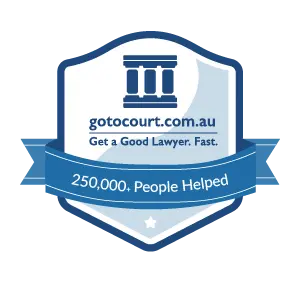

Affordable Lawyers
Our Go To Court Lawyers will assist you in all areas of law. We specialise in providing legal advice urgently – at the time when you need it most. If you need a lawyer right now, today, we can help you – no matter where you are in Australia.How It Works


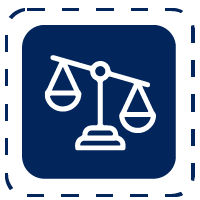





1. You speak directly to a lawyer
When you call the Go To Court Legal Hotline, you will be connected directly to a lawyer, every time.


2. Get your legal situation assessed
We determine the best way forward in your legal matter, free of charge. If you want to go ahead and book a face-to-face appointment, we will connect you with a specialist in your local area.


3. We arrange everything as needed
If you want to go ahead and book a fact-to-face appointment, we will connect you with a specialist in your local area no matter where you are and even at very short notice.

